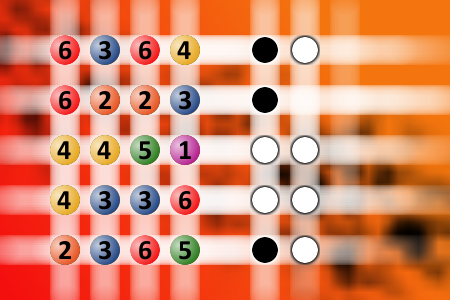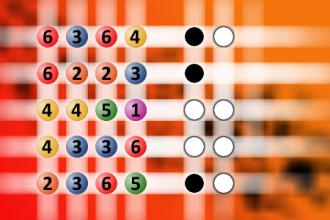What a winning combination?
The computer chose a secret code (sequence of 4 digits from 1 to 6). Your goal is to find that code. Black circles indicate the number of hits on the right spot. White circles indicate the number of hits on the wrong spot.Correct answers: 30
The first user who solved this task is Djordje Timotijevic.
#brainteasers #mastermind

This 60 year old woman was wal...
This 60 year old woman was walking along 5th Avenue when she heard a voice from above: "You will live to be 100."
She looked around and didn't see anyone. Again she heard: "You will live to be 100."
"Boy," she thought to herself, "that was the voice of God. I've got 40 more years to live!"
So off she went to the plastic surgeon. She got everything fixed from head to toe.
When she left the plastic surgeon's office, she got hit by a bus, died, and went up to heaven.
She said to God, "You told me I would live to be 100. I was supposed to have had 40 more years. So how come you let the bus kill me?"
God said, "I didn't recognize you".
She looked around and didn't see anyone. Again she heard: "You will live to be 100."
"Boy," she thought to herself, "that was the voice of God. I've got 40 more years to live!"
So off she went to the plastic surgeon. She got everything fixed from head to toe.
When she left the plastic surgeon's office, she got hit by a bus, died, and went up to heaven.
She said to God, "You told me I would live to be 100. I was supposed to have had 40 more years. So how come you let the bus kill me?"
God said, "I didn't recognize you".

